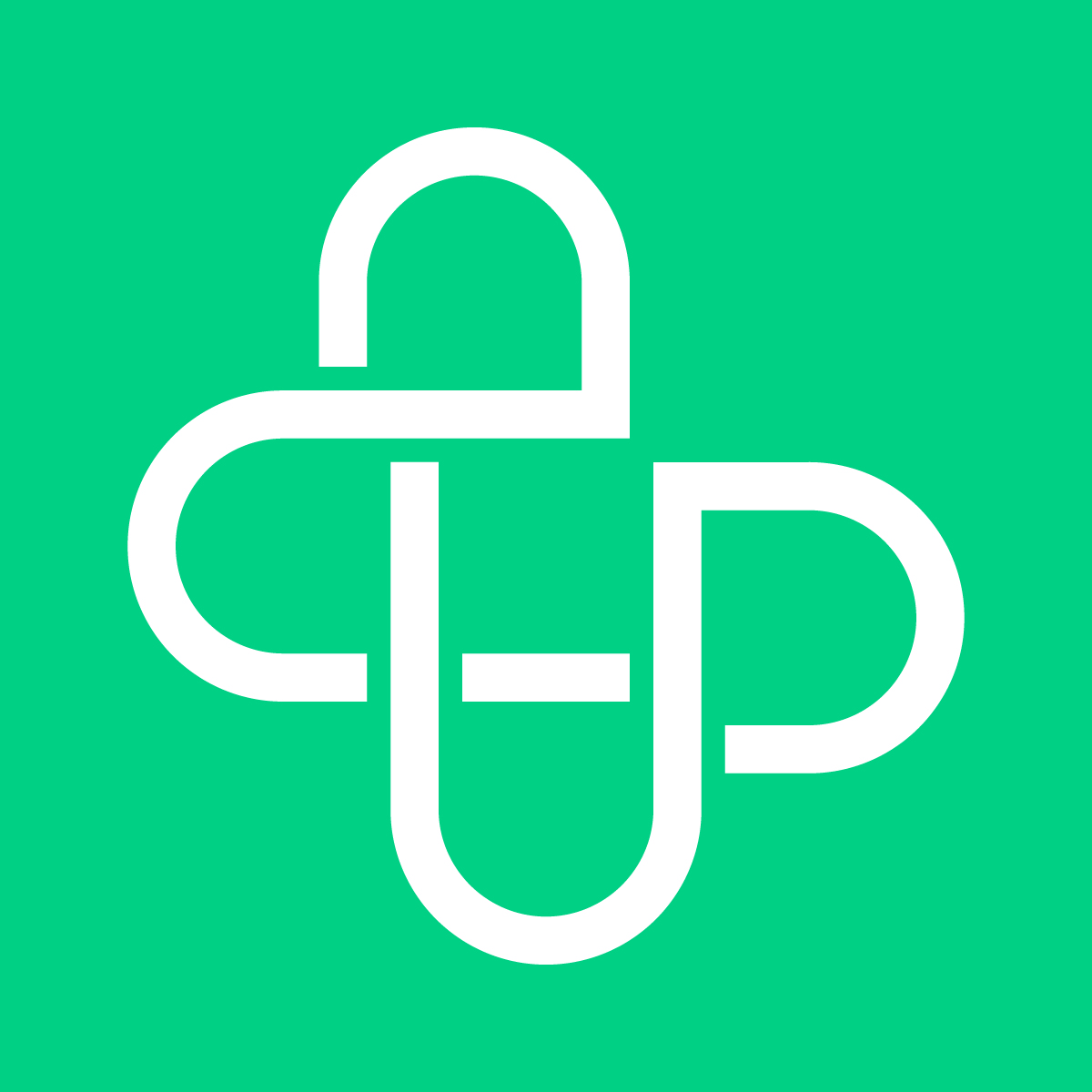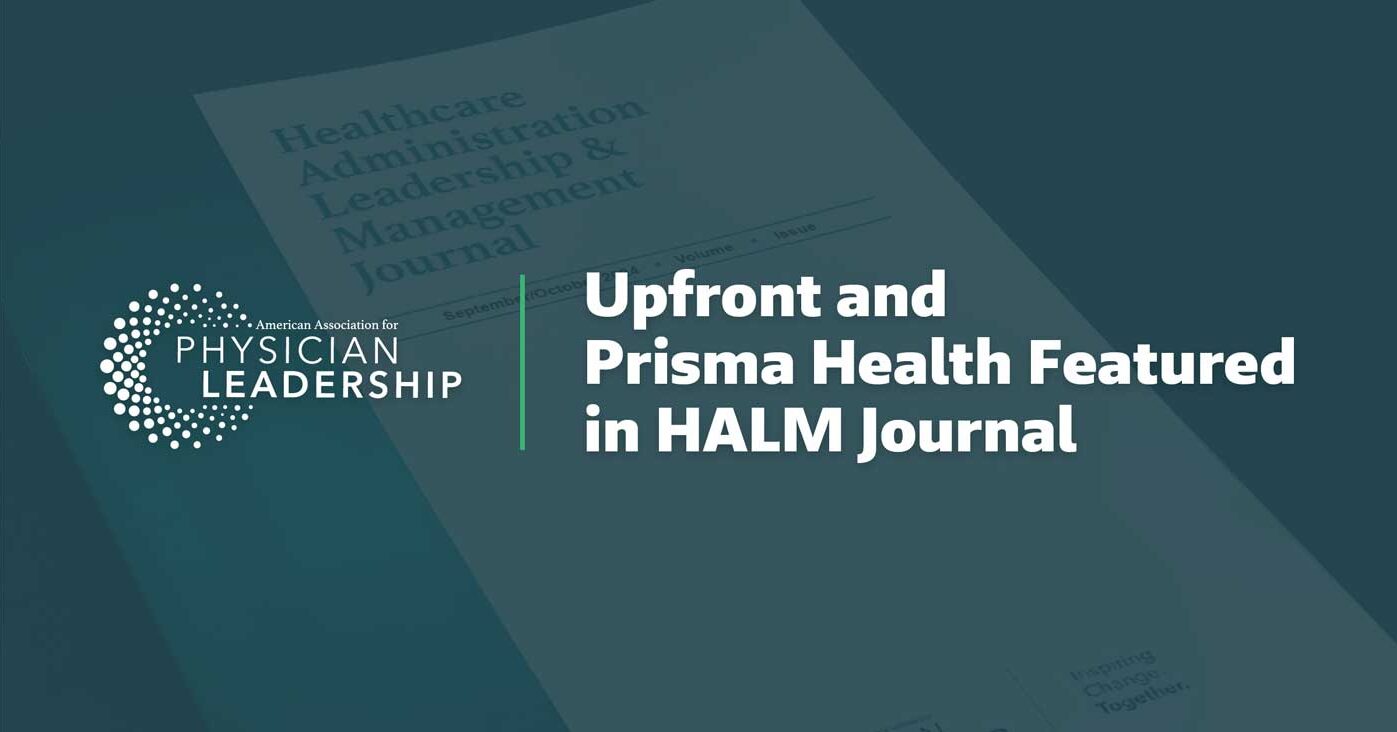Timeliness is increasingly valuable in our world. Whether it’s a meeting, an interview or simply lunch with a friend, most people want to arrive on time — or even early in some cases. Many people pride themselves on being timely or sheepishly admit that they’re often late to appointments.
Timeliness & Healthcare
We know how timeliness fits into our everyday lives, but how does it affect healthcare? According to the Agency for Healthcare Research and Quality, timeliness of care refers to a practice’s ability to quickly provide care after recognizing a need. The more timely a provider, the better their patients’ health outcomes — and levels of engagement.
Unfortunately, there are many times when a healthcare system’s lack of timeliness leaves patients feeling irritated or disappointed. Repeatedly being placed on hold, for example, can frustrate patients before they even schedule their first appointment. It can also be difficult for providers to balance providing their patients with high-quality care and being on time for their other appointments, especially when unforeseen circumstances arise. Prolonged wait times in the lobby and exam room increase frustration.
In some cases, waiting can have even worse effects. Waiting for test results, for example, can hurt patients mentally and emotionally. Worse still, long wait times at emergency rooms can divert patients to other hospitals.
Lack of timeliness isn’t just a problem at private practices and hospitals: urgent care can improve efficiency, too.
Making Healthcare More Timely
Timeliness of care can improve health outcomes, patient experience, patient engagement and more. Let’s look at a few ways that you can make your practice, urgent care or hospital more timely.
1. Analyze and Act on Relevant Data
It’s important to look at your data before you can start making any changes. Study your patients’ EHR data for patterns, risks and health outcomes. Once you know your baseline, you can set goals and milestones to improve your timeliness and quality of care.
It’s also a good idea to see if there are any trends among patients at your center. If you notice any patterns, such as high readmission rates for those with cardiovascular conditions, you can tailor your services as soon as you identify those patients’ needs.
2. Offer Telemedicine
For some patients, making a doctor’s appointment takes a lot of effort, between getting time off work, finding childcare or driving long distances if the patient does not live nearby. Hence, they can become very disappointed if the doctor isn’t accommodating. Telemedicine is a great way to address this issue. Patients don’t have to overturn their daily life to attend appointments, but they can still get quality, timely care.
Telemedicine can also help with follow-up appointments, answering quick questions from patients and monitoring important health information. Implementing telehealth services improves not only timeliness but also health outcomes.
3. Review Your Scheduling Systems
Analyze your schedule and see if it could be reviewed or updated. If you don’t already have an appointment confirmation system in place, start there. Sometimes patients have to cancel or reschedule at the last minute, but sending reminders and asking patients to confirm their appointment is a great way to increase timeliness and reduce no-shows.
Upfront’s psychographic segmentation model can help you improve the quality of these reminders. This proprietary model divides healthcare consumers into one of five groups based on their attitudes, values, lifestyles and personalities. Providers can use these insights to make sure they deliver the right messaging via the right channel, thus improving patient engagement.
In addition to psychographic segmentation, look at your schedule and see if there are any recurring problems. Should you decrease your patient load? Move meetings around? See how you can avoid scheduling gaps. Remember that healthcare providers should focus on things that only they can do. Delegation is a great way to keep providers on schedule without spending time on tasks that someone else could handle.
4. Improve Scheduling Procedures
How does your practice schedule visits? Do you take phone calls, often putting patients on hold? Consider setting up a better system for phone scheduling or better yet, improve online scheduling so that it includes more types of appointments.
Timeliness is one of the six dimensions of quality healthcare. By improving your timeliness, you can have a positive impact on your patient’s health outcomes.
For more on psychographic segmentation as it relates to timeliness and health outcomes, download our Becker’s whitepaper, Psychographics: A Key to Delivering Consumer-Centricity and Superior Results in Healthcare.




